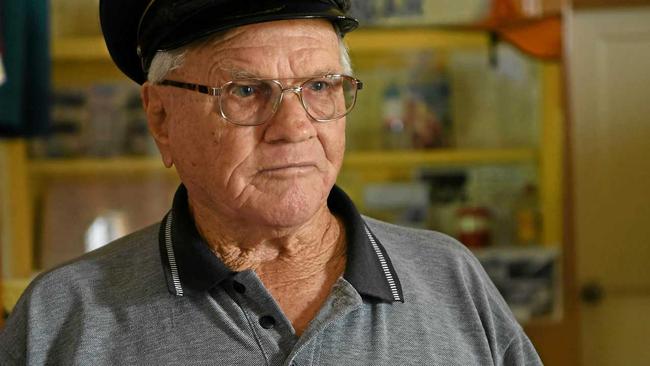Hidden train tracks reveal forgotten history
IF YOU look closely around Bundaberg you'll see remnants of an old rail line peeking out from the ground.
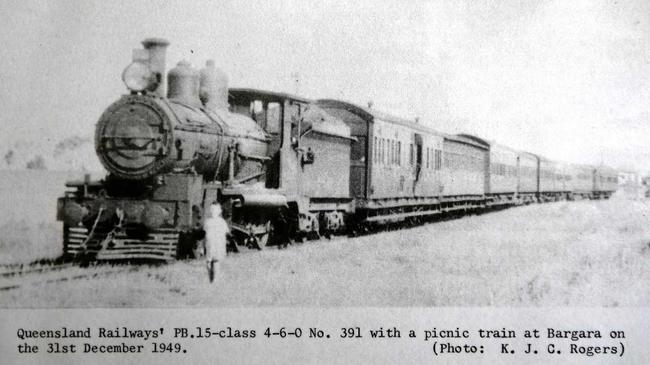
Bundaberg
Don't miss out on the headlines from Bundaberg. Followed categories will be added to My News.
IF YOU look closely around Bundaberg you'll see remnants of an old rail line peeking out from the ground.
While silence now blankets their once busy path, the lines tell the story of a city that, every year, waited in jubilant anticipation for an annual event that would bring visitors from near and far - the Bundaberg Railway Employees' Picnic.
If you were to listen closely near the forlorn tracks today, you may still hear the thoughts of children wondering if they'll win the picnic races or longing for the first bite of refreshing watermelon slices.
You may also hear the bagpipes, playing as seats swayed on the train from Bundaberg to Bargara.
It's an era fondly remembered by Bundaberg Railway Museum curator Graham Hibberd.
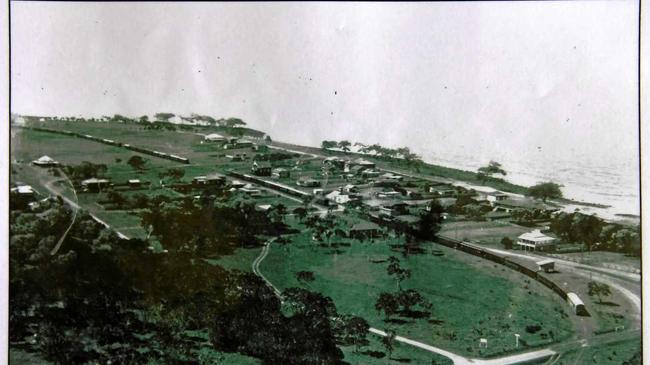
"Everyone was happy and contented for so little,” he says of the event which had all but vanished by the early '70s.
What was once a 15 to 16,000-strong event carried on as the Siren of the Surf contest but would never be quite the same.
The Bundy to Bargara rail line, known as the Woongarra Tramway, was gone long before, shutting down by 1949.
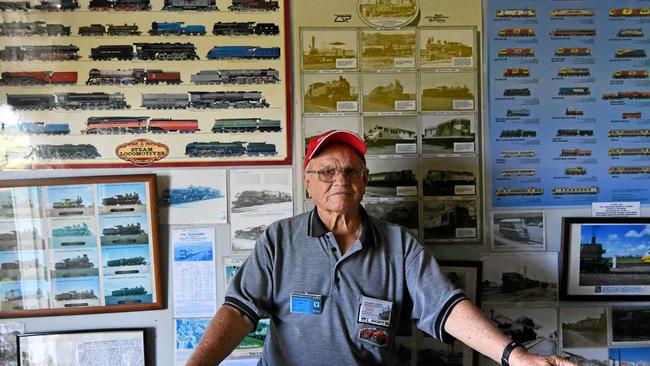
It was a line most often used to transport products for the local sugar and rum industries, but every year, trains from locations including Rockhampton, Bundaberg, Cordalba, Mt Perry and Maryborough would use it to make their way to the sea.
What started out as a picnic for rail employees in 1912 quickly grew into a public event held at Nielson Park every November.
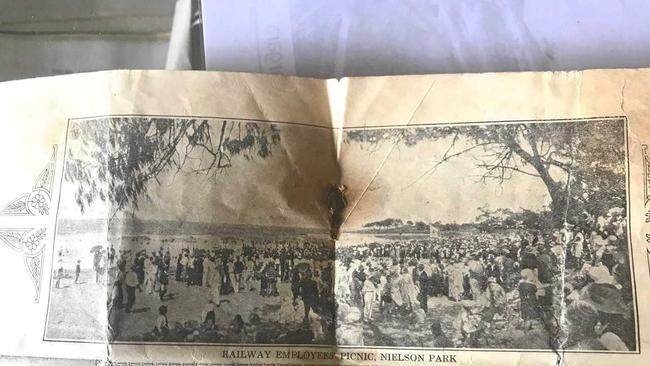
The picnic only became a Bundaberg event in 1922 though, after World War I saw it move from Pialba in Hervey Bay.
"Funnily enough the first railway picnic, people didn't go by train, they went down on a boat trip to Burnett Heads and then everyone said 'we should have a picnic properly, not just for employees',” Mr Hibberd said.
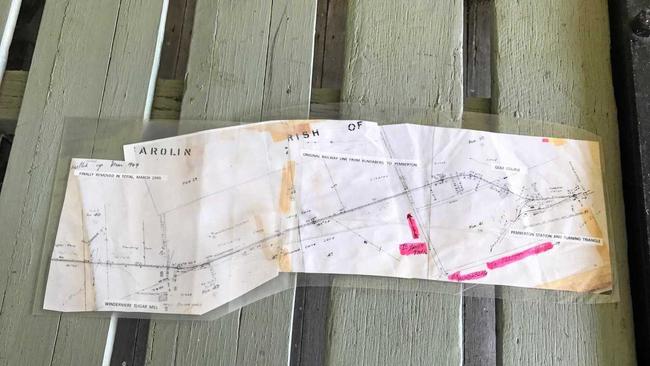
"So they made it a big public picnic eventually and just about every bus in town and every car in town and every policeman in town had to be at Bargara that day to sort it all out.”
The train would stop right on Nielson Park beach, so that once the puff of steam cleared and the final toot sounded, eager locals could rush out to the festivities.
"Where the caravan park at Nielson Park is now, that's where the station was,” Mr Hibberd said.
"Every child in Bundaberg got a ticket to get a free ginger beer drink and piece of watermelon, then you joined in the races - three-legged or whatever.”
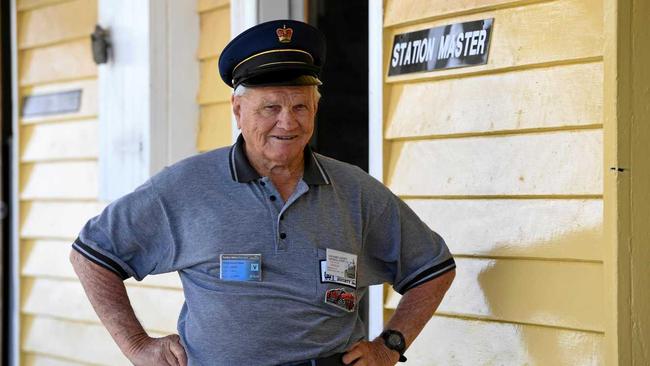
Mr Hibberd said after races, watermelon slices and all the fun of the day, it would be time for visitors to make their way to the beach to create sand gardens.
"It used to go on all day and quite often there'd be a big concert to finish off the day,” he said.
The original train line moved through Bundaberg near the current RSL Club, through east and to the coast with a turning triangle at the end past the Innes Park Golf Course.
But "they never had it set up as a passenger service,” Mr Hibberd said.
"Today, it could have been a suburban service.”
For Mr Hibberd, trains are in his blood.

Both his parents worked in the rail industry and so did he and now it's his 21st year at the museum.
Mr Hibberd said anyone who was interested in the region's rail history was welcome to tour the museum or get involved with the rail society.
"Even if people are interested and retired or got time on their hands just to be volunteer guides,” he said.
"We're not getting any younger and have health things and medical appointments.”
Mr Hibberd also said the museum had hosted many a wedding or high school formal photo shoot over the years and was the perfect backdrop for such events.
To find out more about the Bundaberg Railway Historical Society or get involved with their activities, give them a call on 4152 7070.
